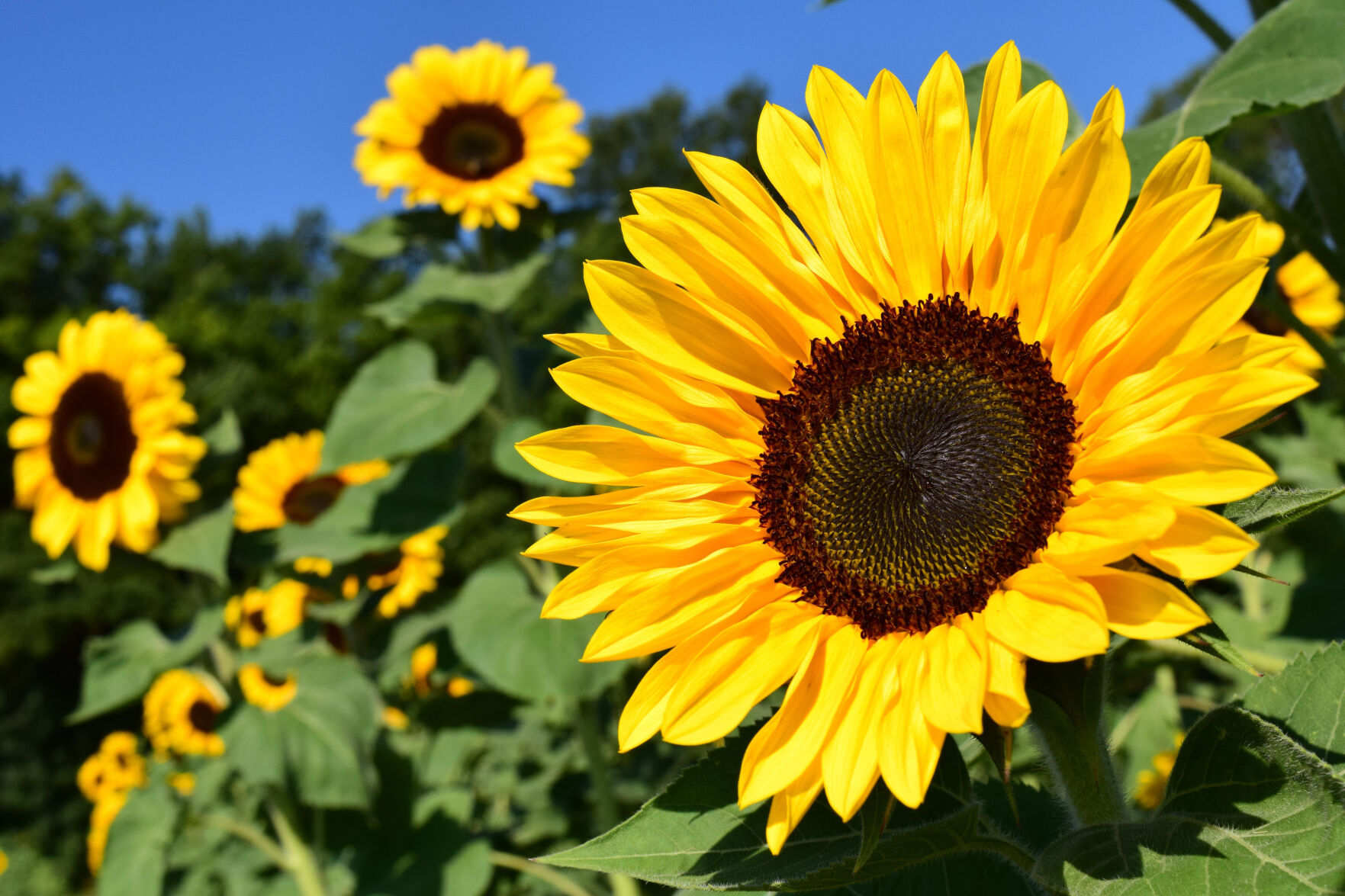Before Russia’s invasion, Ukraine had become a powerhouse in the world sunflower oil market, supplying half the world’s export supply. The exports went mostly to Europe where it was important as a feedstock for renewable diesel. Europe is facing serious fuel challenges at a time when it is looking for alternatives to Russian oil and natural gas.
Now that those supplies have been thrown into question, has opportunity been opened up for United States sunflower growers? The answer seems to be that it’s complicated, but maybe.
Sunflowers, originally a New World crop, made their way to Ukraine in the 18th century. Sunflower oil became popular in parts of Europe where Eastern Orthodoxy was the dominant religion, since it could be used as a cooking oil during Lent when dairy and animal fats, and even olive oil, were forbidden.
Sunflowers have become so strongly identified with Ukraine that its supporters around the world have adopted them as a symbol. In March, a video went viral in which a Ukrainian woman gives sunflower seeds to Russian soldiers, urging them to put them in their pockets—so that the flowers will grow when they die in Ukraine. Russia is also a major supplier; together, Russia and Ukraine accounted for between 70% and 80% or world sunflower oil exports. After the Chernobyl nuclear release (and also after Fukushima) sunflowers were planted to remove radioactive toxins from the soil.
In the U.S., sunflowers are sold exclusively for human consumption. The confectionary varieties are sold for snacking on the seeds, while the oil varieties produce oil used as a cooking oil or in foods, and also for birdseed. Unlike soybean oil, lard or canola oil, sunflower oil doesn’t yet qualify for carbon credits, and there’s not much industry interest in changing that anytime soon.
That doesn’t mean that the renewable diesel market doesn’t affect domestic sunflower oil, however. Its competitors, soybean oil and canola oil, compete in both food and fuel markets. As more of those oils are used for the hot renewable diesel market, more demand space could open up for sunflower oil in the food market.
Regardless, most U.S. sunflower oil will remain domestic. The U.S. is the 17th largest world sunflower producer, with North Dakota and South Dakota leading the way among states. According to Statista, North Dakota growers produced 817,800,000 pounds in 2021, while South Dakota produced 761,900,000 pounds. Both states have become sunflower agri-tourism “destinations,” with travelers taking “sunflower selfies” in front of fields of sunflowers during the bloom period in both states. The National Agricultural Statistics Service figures indicate a steady increase in sunflower yields in North Dakota, increasing from about 1,300 pounds per acre in 2006 to about 1,900 pounds per acre in 2020.
John Sandbakken, executive director of the National Sunflower Association in Mandan, North Dakota, told High Plains Journal, “We’ve gotten a lot more inquiries from farmers about adding sunflowers to their crop rotation during the past year.” Sunflowers require fewer inputs than corn and are often rotated with corn or winter wheat. “They are a lot less thirsty than corn or wheat,” said Sandbakken. Sunflower acres declined in 2021 from the year before, but there is promise for an uptick in acreage in 2022.
Cameron Peirce rotates sunflowers along with wheat, corn, cotton alfalfa and soybeans in Hutchinson, Kansas. Peirce is a 5th-generation farmer on a Century Farm whose original deed was signed by Ulysses S. Grant. As a member of the state Sunflower Commission, he helps educate growers on whether and when to plant sunflowers. Kansas is fourth among states in sunflower production but produced a respectable 52.8 million pounds in 2021. Sunflowers are part of his regular rotation.
About 95% of Peirce’s sunflowers go to birdseed, which is a multi-billion-dollar industry. Bird watching was one of the activities that benefitted during the COVID-19 lockdowns, and birdseed sales exploded in 2020 as backyard “stay-cationers” put out feeders to attract birds. This summer, though, with the spread of avian flu, states have been urging bird watchers to hold off on the bird feeders.
One advantage of sunflowers, he said, is that they grow deep taproots that can grow up to 18 inches and pull water and nitrogen from deeper down in the soil than either corn or wheat. Sunflowers can do well with moisture levels that would be “barely adequate for wheat.” They can be planted and harvested using similar equipment to corn, with different settings. “Sunflowers are a beautiful crop when they’re blooming, but ugly after harvest,” he said.
While sunflowers can do well with less water and fewer fertilizers than corn, they do attract a number of insect pests, including head moths, banded sunflower moths, cutworms, seed weevils and sunflower stem weevils. Birds are also attracted to sunflower seeds. Peirce said in April, on the PBS show “Market to Market” that weed pressure is a major factor in deciding which of his fields to plant sunflowers in. While sunflowers have a natural resistance to chemicals used to thin weeds, they are closely related to some weed varieties—which means herbicides might not eliminate all the weeds you want to get rid of.
“Sunflowers do best in the relatively dry central Plains,” said Sandbakken. As you move farther east, with more moisture, mold becomes a problem.
Both Sandbakken and Peirce say they see a lot of potential for sunflower growth in the future.
David Murray can be reached at [email protected].




